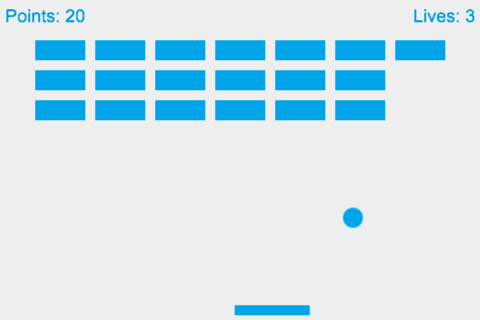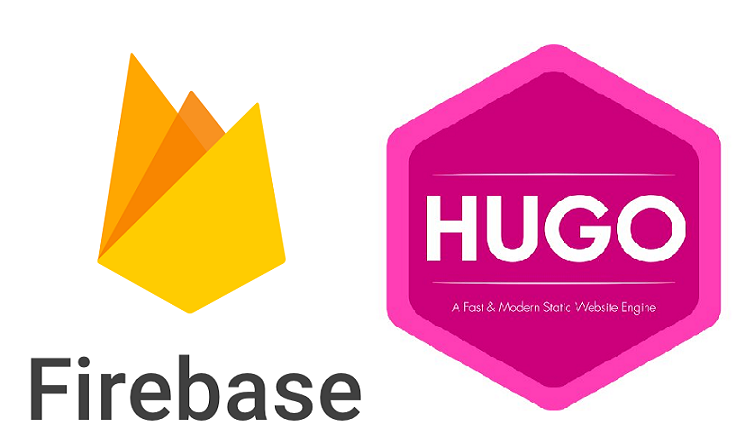
Web Dev

Getting Started With PHP
Fundamentals: Web Technology
The open nature of the World Wide Web presents incredible opportunities for people who want to create websites or online applications. To take full advantage of the web’s capabilities, you need to know how to use them.

How to Create an Extremely Fast and Secure Static Website for Free in Minutes
Ever thought about building a blog, a company site, a portfolio site, documentation, a single landing page or a website with thousands of pages ? By the end of this article, you will be able to create one. Generally, you need to know HTML, CSS and some JavaScript to develop a website. But, for this, you don’t need much coding skills. You just need basic computer skills.
Basic HTML Elements
The main purpose of this article is to make sure that all basic HTML Elements are decorated with CSS so as to not miss any possible elements when creating new themes for Hugo.
Creating a New Theme

(Hu)go Template Primer
Hugo uses the excellent Go html/template library for its template engine. It is an extremely lightweight engine that provides a very small amount of logic. In our experience that it is just the right amount of logic to be able to create a good static website. If you have used other template systems from different languages or frameworks you will find a lot of similarities in Go templates.